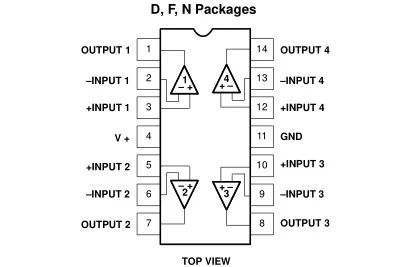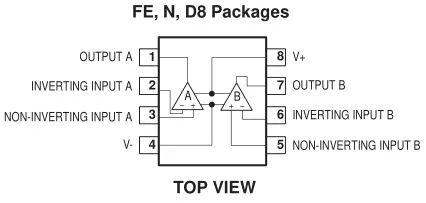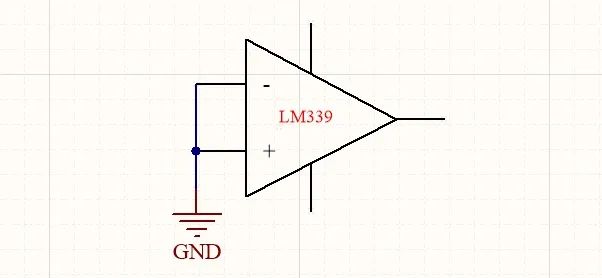Overview
In practical applications, op amps often come as dual or quad devices within a single package (see image below). When only some of the sections are used, the unused pins need proper handling to avoid unpredictable behavior.

Why floating inputs are a problem
An op amp amplifies the voltage difference between its positive and negative inputs, with gains ranging from tens to thousands. Even small external interference can drive the output to the power rails, increasing the op amp's quiescent current and overall power consumption. Because the interference is unstable, the output voltage will also be unstable.
Inputs must not be left floating
The inputs of an op amp or comparator must not be left floating. A floating input has an undefined voltage and is susceptible to external interference. When an input is unused, it should be given a defined voltage.
How to terminate unused op amp sections
Unused op amp sections are typically configured as voltage followers. The reference for the other input should be set to the midpoint of the supply voltage. In practice this means:
- With dual supplies, set the noninverting input to 0 V (ground).
- With a single supply, set the noninverting input to VCC/2.

Handling unused comparators
A common approach for comparators is to tie both inputs to ground and leave the output unconnected.

Practical considerations
Some designers report leaving inputs floating without encountering problems. However, in product development every design detail should be considered. A practice that works for a few prototypes may fail at higher volumes. Adopt the mindset: "Not doing it may be ok, but doing it may be better, so do it."
 ALLPCB
ALLPCB





